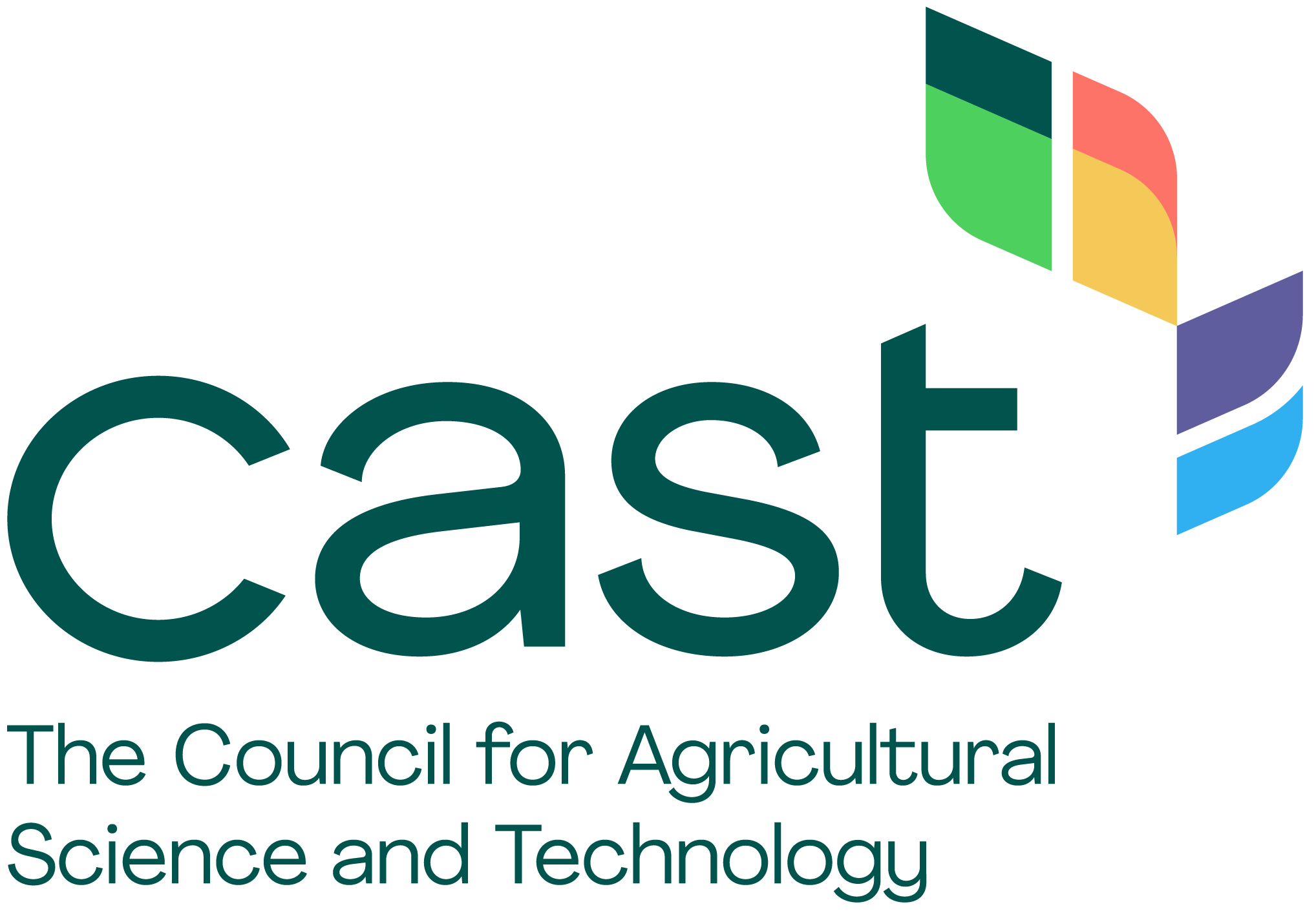There is a keen awareness among many consumers that pesticide chemicals frequently reach consumers in the form of food residues. This awareness can be troubling to many consumers since pesticides are typically used because of their ability to harm biological organisms such as insects, plant diseases, and weeds. Their presence in foods introduces the question as to what risks, if any, are consumers facing as they consume ubiquitous pesticide residues in their diet. Because of safety concerns, consumers frequently receive advice from advocates concerning whether one should eat conventional or organic foods, which conventional fruits and vegetables one should consider avoiding, which geographical sources of foods should be avoided, and what one could be doing to reduce exposures to pesticides by washing, peeling, cooking, or scrubbing foods before they eat them.
This report concludes that there is no direct scientific or medical evidence indicating that typical exposure of consumers to pesticide residues poses any health risk. Pesticide residue data and exposure estimates typically demonstrate that food consumers are exposed to levels of pesticide residues that are several orders of magnitude below those of potential health concern.
IP66, October 2019, 16 pp. Available free online and in print (fee for shipping/handling).
Publication Impact Report – October 2021 (final)
Download Mandarin Chinese Translation
Download French Translation: Interprétation des résidus de pesticides dans les aliments
Task Force Chair
Carl Winter
Task Force Author(s)
Carol Burns
Steve Savage
Task Force Reviewers
Kaci Buhl
Honglei Chen
Franklin Mink
Task Force Board Liaison
Donald C. Beitz

